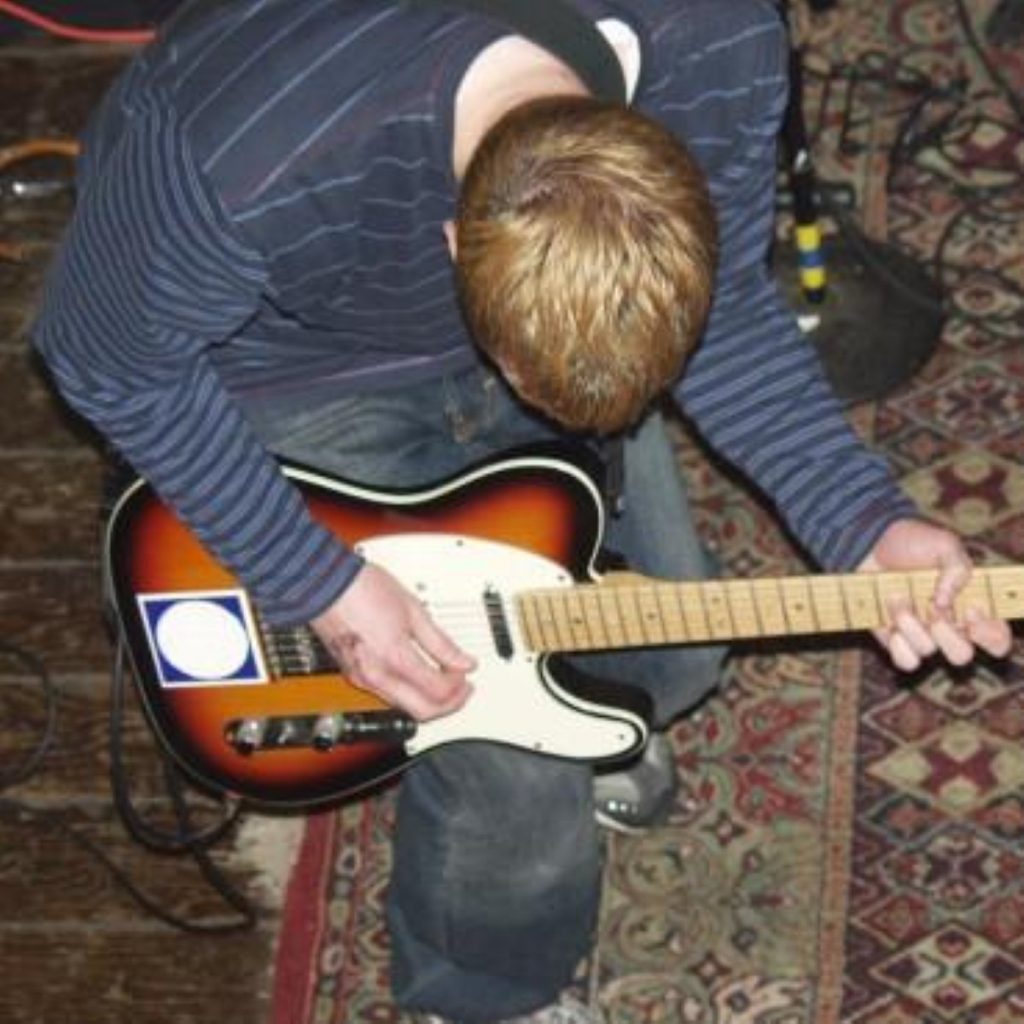Creative tendencies linked to mental illness
Canadian and US scientists have begun to unravel a mechanism that may explain the higher levels of psychosis experienced by creative thinkers.
The brains of creative people appear to be open to incoming stimuli from their surrounding environment, psychologists from University of Toronto and Harvard University explain in the Journal of Personality and Social Psychology.
Other people’s brains automatically filter out apparently useless information using a process called latent inhibition. This is an unconscious ability to shut out stimuli that experience has demonstrated to be irrelevant.
The link between a failure to screen out stimuli and psychosis is long standing, but the team hypothesised that low latent inhibition could improve creative thinking.


Using psychological testing tests of eminent creative achievers among the Harvard undergraduate community – students under 21 who reported exceptional achievement in a single creative area – the researchers found the group was seven times more likely to have low latent inhibition scores.
‘The normal person classifies an object, and then forgets about it, even though that object is much more complex and interesting than he or she thinks. The creative person, by contrast, is always open to new possibilities’, explains U of T Professor Jordan Peterson.
The team believes that low levels of latent inhibition, combined with high IQ and a good working memory could boost an individual’s abilities for original thinking.
However, under different circumstances, the continuous onslaught from the senses can be overwhelming and malign. An inability to discriminate between ideas rapidly inundating the brain leads the individual to become swamped increase the risk of sinking into mental illness, they suggest.
The onset of schizophrenia provides an illustration of the mechanism, as patients in the early stages of the disease can experience feelings of deep insight, mystical knowledge and religious experience. This develops as chemical neurological changes remove the brain’s latent inhibition.












